Aziz Behich and Dylan Levitt will join an exclusive club of players to represent Dundee United at the World Cup.
Only eight others — spanning three nations, and five editions of the tournament — have previously taken part in football’s most prestigious showpiece while on the books at Tannadice.
From Sturrock to Samuel, and all in between, Courier Sport looks back at those who blazed that Tangerine trail.
David Narey, Scotland (Spain 1982; Mexico 1986)
Arguably the greatest to ever wear the Tangerine, Narey was also the first United player to wear the dark blue of Scotland at a World Cup.
Narey entered the fray as a substitute in Scotland’s Group F opener in Spain 82 — a 5-2 win against New Zealand.
He then wrote his name in national folklore when his thunderbolt from distance gave Scotland a 1-0 lead against the Brazil side of Zico, Socrates and Toninho Cerezo. Quite the “toe poke”, as BBC pundit Jimmy Hill described it.
The less said about the remainder of the match, the better, as the Seleção ran out 4-1 winners.
#OTD 40 years ago a 26 year old David Narey was doing this v Brazil 🇧🇷 at the World Cup in Spain '82 @ScotlandNT 🏴 pic.twitter.com/qKBtoOKnrQ
— Dundee United FC (@dundeeunitedfc) June 18, 2022
Narey also played the full match as Jock Stein’s charges bowed out with a 2-2 draw against the USSR.
Four years later, Narey was one of FIVE United players selected by Alex Ferguson to go to Mexico 86.
He missed out on the 1-0 defeat against Denmark, but played the subsequent 2-1 reverse at the hands of West Germany and bruising 0-0 draw against Uruguay. Scotland, again, exited in the first round.
Paul Sturrock, Scotland (Spain 1982; Mexico 1986)
The willowy, wildly gifted Sturrock was already firmly established as one of Scottish football’s brightest talents by 1982 and, as such, secured a place on the flight to Spain.
But with just seven caps to his name at the time, only back-up keepers Jim Leighton, George Wood, and defender Allan Evans had less international experience.
And, much to the chagrin of watching Arabs, Sturrock did not see a single minute as Scotland bowed out at the group phase.
Sturrock would, however, get game time in Mexico 86, leading the line alongside Charlie Nicholas and then Graeme Sharp against Denmark and Uruguay, respectively.
However, the Scots drew a blank in both fixtures.
Richard Gough, Scotland (Mexico 1986)
With 23 Scotland appearances to his name at the age of 24, Gough’s ability — which would eventually see him earn 61 caps and win 19 major honours — was already evident at the time of Mexico 1986.
And he was a lynchpin in Scotland’s back four alongside Alex McLeish, Willie Miller and, until the final group game, club teammate Maurice Malpas.
Gough played every minute of every game, operating at right-back, as he largely did during his career at United.
He joined Tottenham Hotspur following the tournament, before becoming the country’s first ever £1 million-plus signing when he returned to Scotland with Rangers in 1987.
Eamonn Bannon, Scotland (Mexico 1986)
For a man of his talents and pedigree, Bannon amassed a relatively modest total of 11 caps for Scotland.
However, two of those did come at a World Cup, ticking off a career objective that many will fail to.
The Tannadice legend replaced Gordon Strachan after 74 minutes of Scotland’s Mexico 86 opener against Denmark.
Many happy returns to Eamonn Bannon who turns 60 today.https://t.co/F6b6T89iC4 #ArabArchive pic.twitter.com/VJKZnu6gmw
— The Arab Archive (@ArabArchiveDUFC) April 18, 2018
Despite defeat, Bannon did enough to earn a starting berth for the following encounter with West Germany, lining up alongside Barcelona’s Steve Archibald.
He remained unused in the stalemate with Uruguay.
Maurice Malpas, Scotland (Mexico 1986; Italy 1990)
Of the squad that jetted out to Mexico, only Oldham Athletic keeper Andy Goram and fresh-faced Celtic playmaker Paul McStay were younger than the 23-year-old Malpas.
However, he was already establishing himself as an indispensable member of the Scotland side, playing the full games against Denmark and West Germany — taking his tally of caps to 12.
He was replaced by Manchester United’s Arthur Albiston for the final group game against Uruguay.
Malpas was the sole United representative at Italia 90, rather indicative of the heady Tannadice glory years grinding to a halt.
Nevertheless, the reliable defender was a mainstay for his country and played in all three Group C games — a lamentable 1-0 loss to Costa Rica in Genoa, a 2-1 victory over Sweden and a 1-0 reverse to Brazil in Turin.
Another first round exit.
No United player has represented Scotland at a World Cup since.
Then again, Scotland have only been at two World Cups since.
Collin Samuel, Trinidad & Tobago (Germany 2006)
While there is every chance Levitt or Behich will soon take the crown — the latter, in particular, looks a nailed-on starter for Australia — Samuel is the last man to actually kick a ball at a World Cup while contracted to United.
He started against Sweden as Trinidad and Tobago competed at the global showpiece for the first time in the nation’s history. He was withdrawn during a gutsy 0-0 draw.
However, the former St Johnstone, Arbroath and East Fife man was an unused substitute for the subsequent 2-0 defeats against England and Paraguay.
Samuel was joined in the Trinidad and Tobago squad by cross-city rival at the time, Dundee’s Kelvin Jack.
Marvin Andrews (Rangers), Densill Theobald and Russell Latapy (both Falkirk) and Jason Scotland (St Johnstone) added to the SPFL flavour.
Dusan Pernis, Slovakia (South Africa 2010)
Pernis was the last United player to go to a World Cup prior to the upcoming Qatar showpiece.
The Slovakian goalkeeper secured his place in Tangerines history by helping the club lift the 2010 Scottish Cup, defeating Ross County 3-0 in the final.
And a dream campaign was capped when his Tannadice exploits earned him a seat on the plane to South Africa, despite boasting just three caps at the time.
No member of the squad had fewer.
Pernis had a watching brief — Legia Warsaw’s Jan Mucha was the undisputed No.1 — as Slovakia reached the last-16, emerging from a group containing New Zealand, Italy and Paraguay.
They ultimately exited following a 2-1 defeat against the Netherlands.
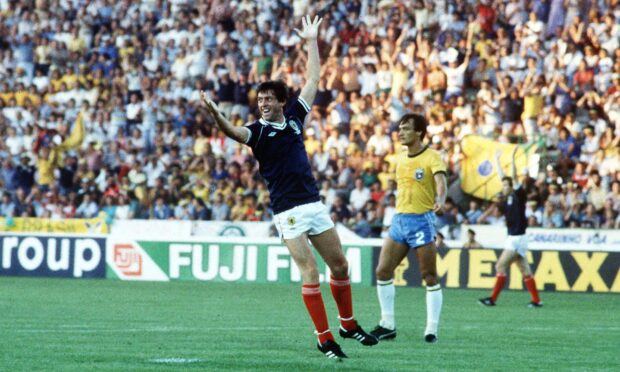

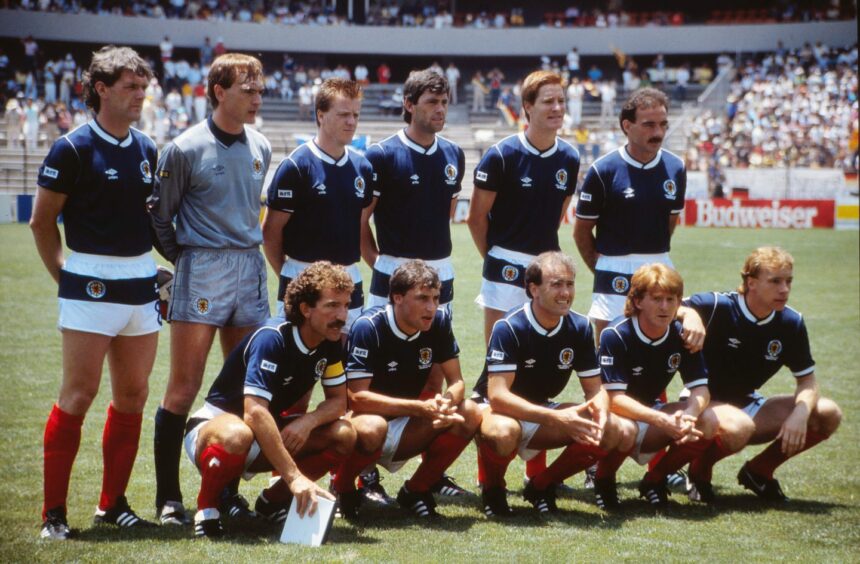
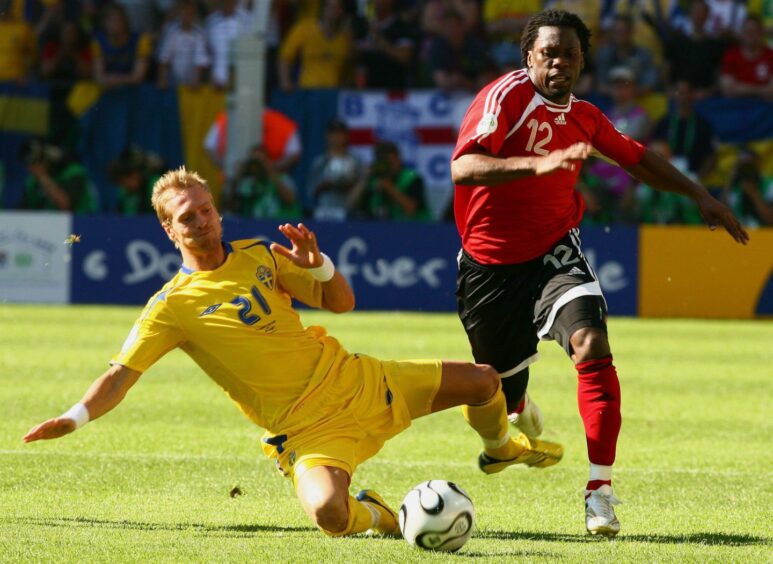
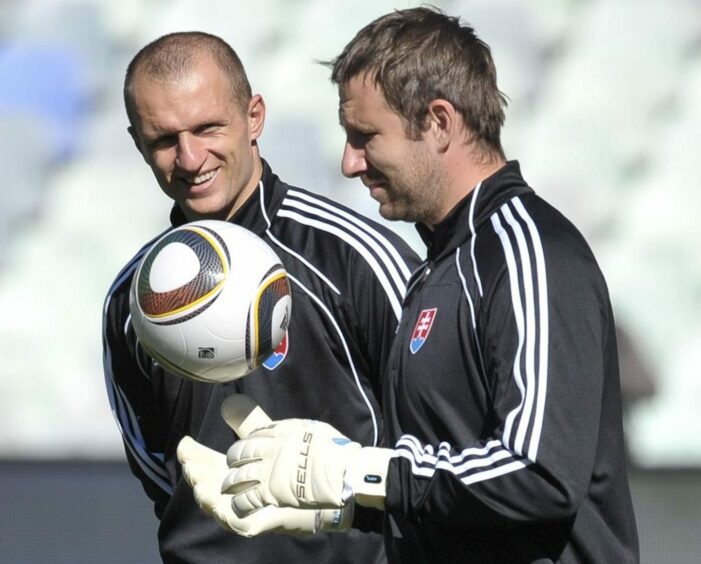
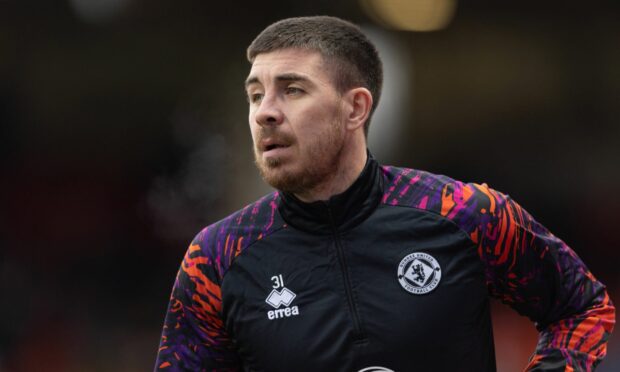
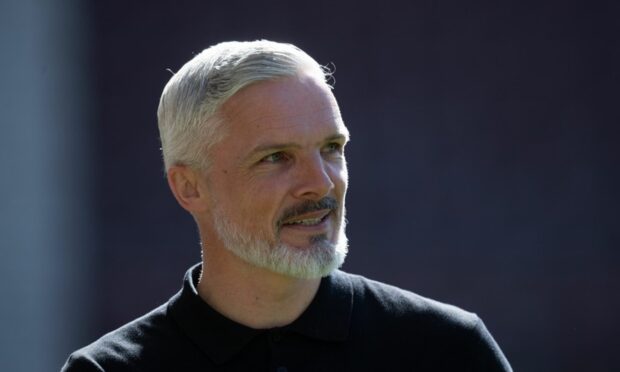
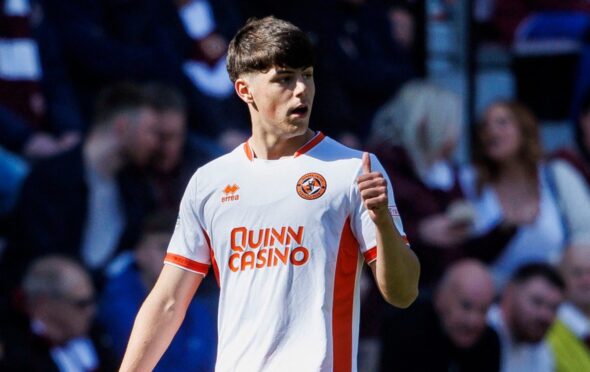
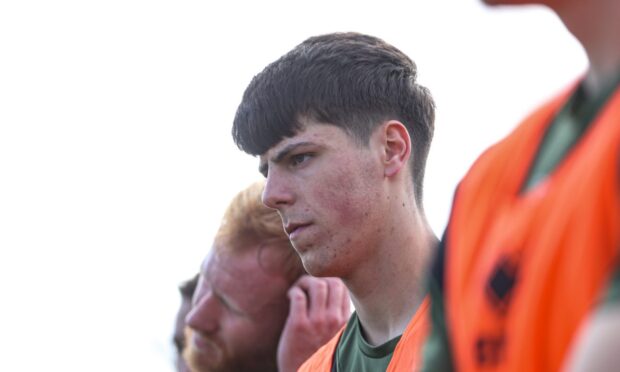
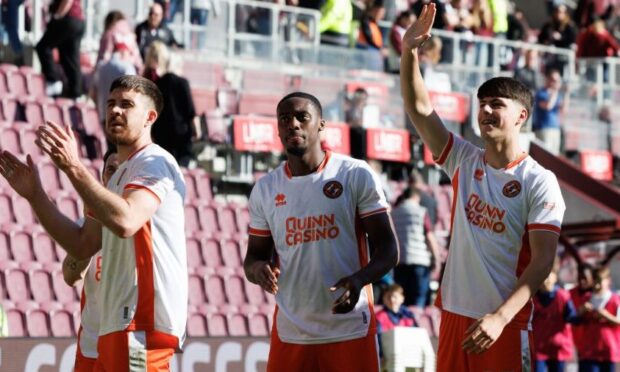
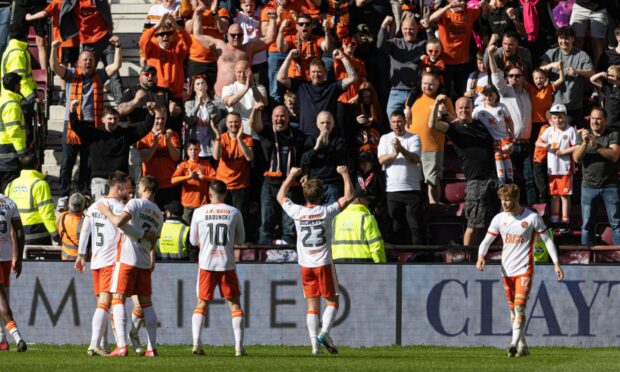
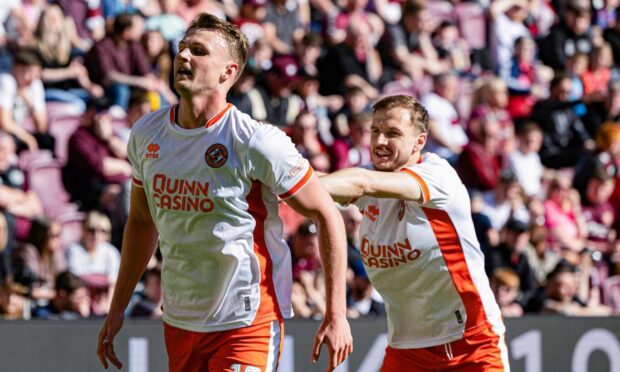
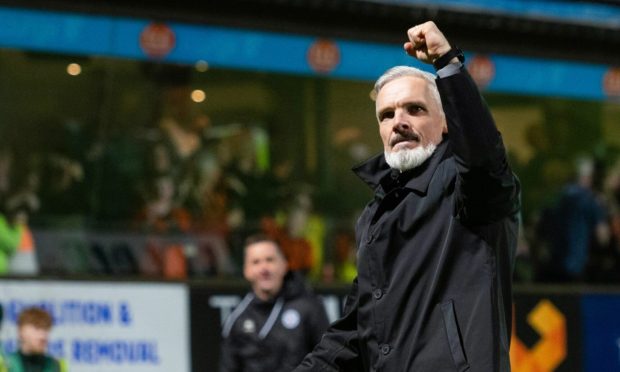
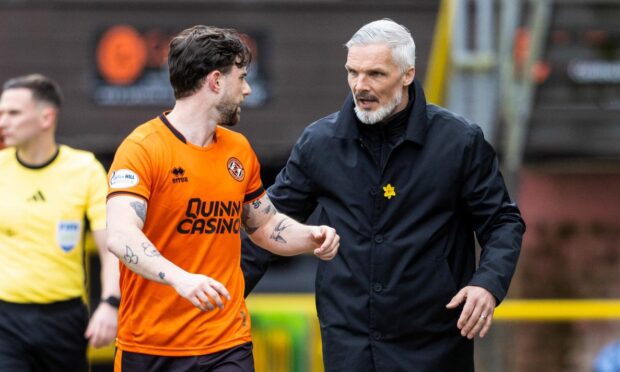
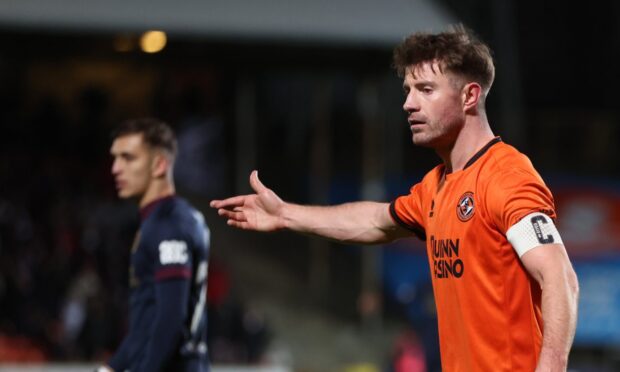
Conversation